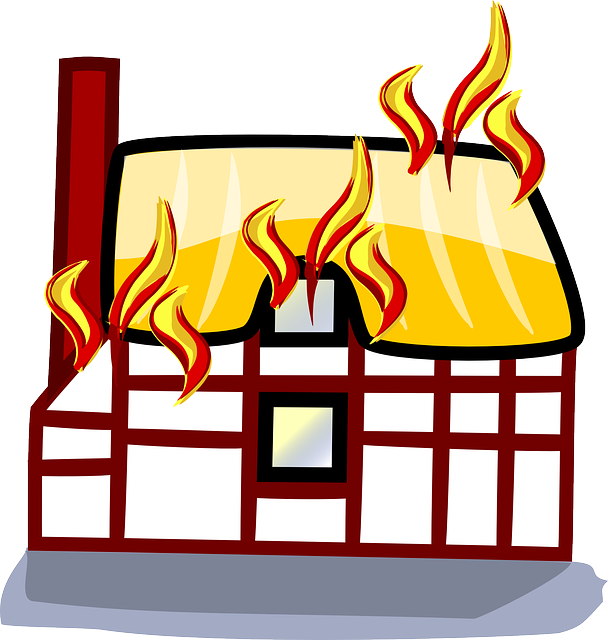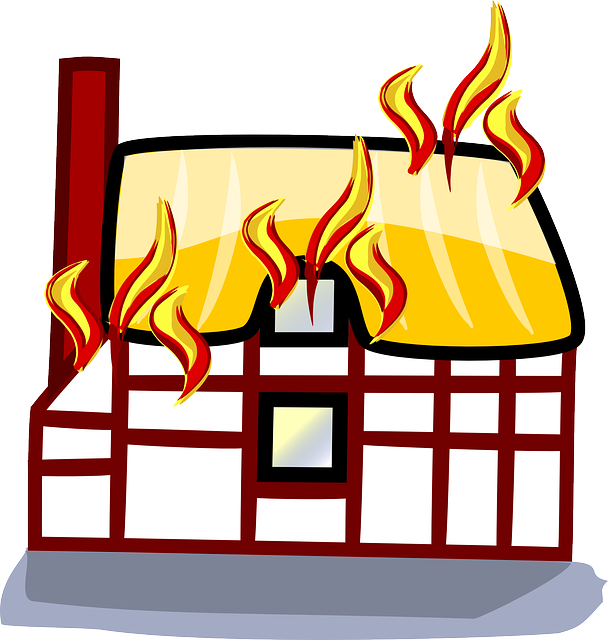Selling a fire-damaged house in California requires a multi-step remediation process, including damage assessment, hazardous material removal, advanced cleaning, deodorization, and repair/replacement of affected contents. Real estate agents should understand this process to communicate effectively with buyers, address concerns, and emphasize the benefits of thoroughly remediated properties in the competitive California market. Key steps involve initial assessments, cosmetic improvements for marketing, transparent communication, high-quality photography, and staging to showcase potential.
Smoke damage can significantly impact homes and leave behind unsightly residue and unpleasant odors. If you’re dealing with a fire-damaged property in California, understanding the remediation process is crucial for both your health and financial well-being. This article guides you through the intricacies of smoke damage cleanup, offering insights into effective strategies to navigate the real estate market when selling a fire-damaged house in California. Learn how to assess, prepare, and maximize your home’s resale value despite the challenges.
- Understanding Smoke Damage and Remediation Process in California
- Strategies to Effectively Sell a Fire-Damaged House in California's Real Estate Market
Understanding Smoke Damage and Remediation Process in California

Smoke damage from a fire can leave behind a toxic and unpleasant residue, making it challenging to sell a fire-damaged house in California. The remediation process involves several critical steps to ensure safety and restore the property to its pre-fire condition. It begins with assessing the extent of damage and identifying hazardous materials like charred insulation or contaminated air ducts. Professionals then take measures to mitigate these risks, employing specialized equipment for air filtration and decontamination.
Remediating smoke damage requires a comprehensive approach. This includes cleaning and restoring structural elements, removing odours through advanced deodorization techniques, and repairing or replacing affected contents. For real estate agents aiming to sell a fire-damaged house in California, understanding this remediation process is key. It allows them to communicate the steps taken effectively to potential buyers, addressing concerns and highlighting the benefits of a thoroughly remediated property.
Strategies to Effectively Sell a Fire-Damaged House in California's Real Estate Market

Selling a fire-damaged home in California’s competitive real estate market can be challenging, but with the right strategies, it is possible to turn a potential setback into a successful sale. The first step is to assess the extent of the damage and determine the scope of remediation required. Major repairs or structural issues may need professional attention, so consult with a licensed contractor for an accurate estimate.
Once the damage is assessed, prioritize the remediation process. Addressing significant structural problems or removing hazardous materials should be at the top of the list. Next, focus on cosmetic improvements to make the home presentable and appealing to potential buyers. This could include repainting, repairing or replacing damaged fixtures, and ensuring the property is clean and free from any lingering smoke odours. Effective marketing is also key; highlight the positive aspects of the property while being transparent about any remaining repairs needed. Utilize high-quality photography and detailed descriptions to showcase the home’s potential, and consider staging to create an inviting atmosphere for viewers.
Smoke damage, while detrimental, doesn’t have to hold your property back. By understanding the remediation process and implementing effective marketing strategies, selling a fire-damaged house in California’s competitive real estate market is achievable. Remember, prompt action, thorough cleaning, and honest representation are key to transforming a damaged home into a desirable property once again. For those wondering how to sell a fire damaged house in California, this guide offers practical insights to navigate the process successfully.






